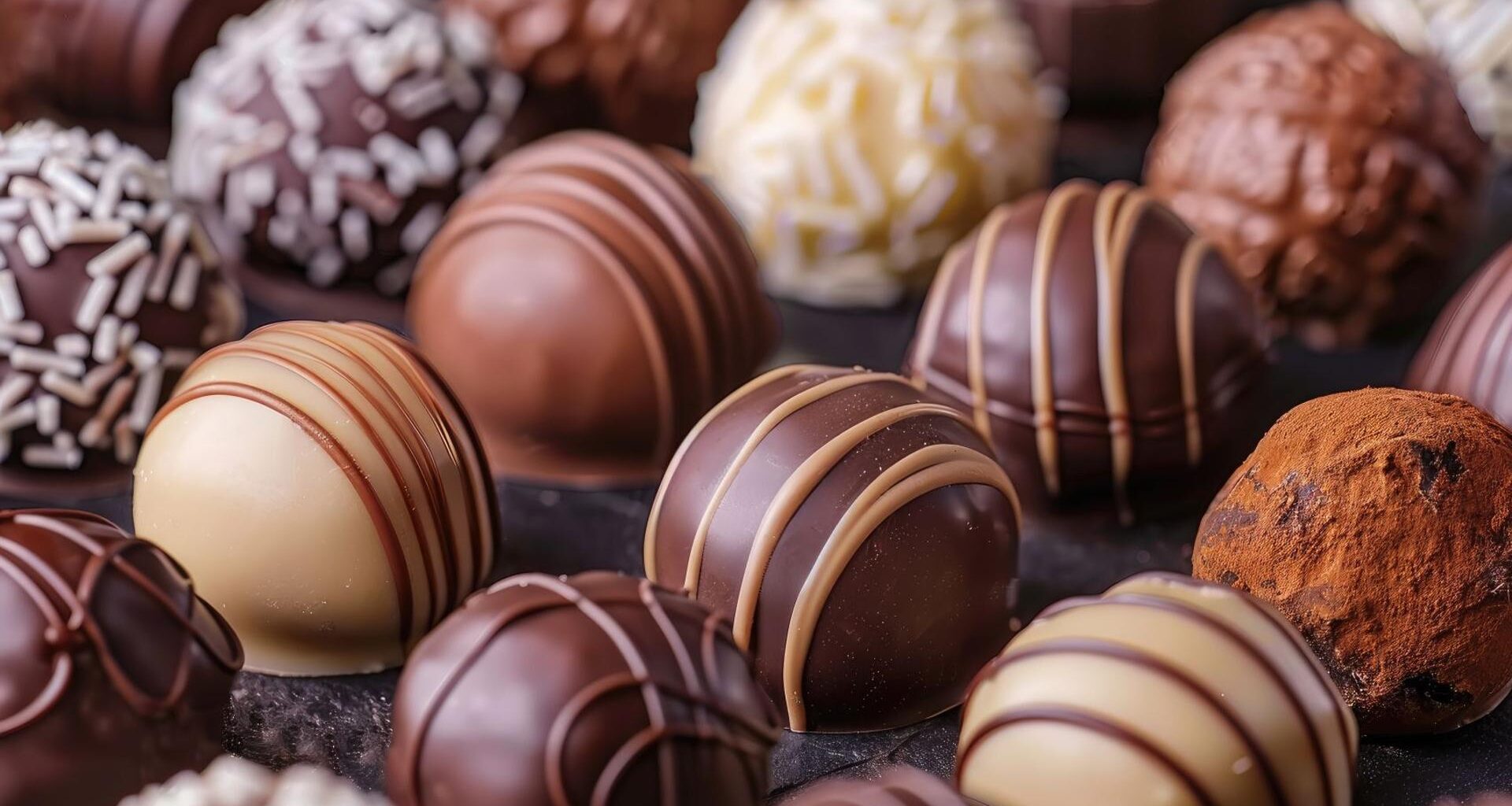A chocolate should ideally be made with 100% cocoa butter – a more expensive and higher-quality fat. However, most brands resort to other, cheaper fats, which are mainly used in the fillings. This reduces costs, but compromises quality in return.
The strategy is even used by some well-known companies, as Spain’s consumers’ organisation (OCU) has found. A panel of professional pastry experts has assessed the colour, surface gloss, thickness of the chocolate layer, filling, taste to discover which products on the market have defects such as a matte surface, white spots of fat, thick chocolate layers, excess sweetness and fatty fillings. The OCU also said that a common practice is to replace sugar, the main sweetener, with glucose and fructose syrups, which might be cheaper, but change the taste in return.
When asked about chocolates, many would think of the popular Nestlé’s Caja Roja (Red Box). According to the OCU, however, instead of using cocoa butter, which melts at body temperature, these famous chocolates mix cocoa butter with palm fat, shea butter, anhydrous milk fat and butter. Despite containing these less healthy alternatives, this box of chocolates turns out to be the most expensive in the report (47.96 euros per kilo).
Other famous brands that fail the test
Lindt Lindor
The Lindt assortment, with its creamy filling, has become one of the most popular chocolates, but it also receives the OCU’s bad rating. Although it uses sugar of the highest quality, such is not the case with the fats. Instead of cocoa butter, Lindor chocolates use coconut oil, palm kernel oil and anhydrous milk fat. Too many poor-quality fats for chocolates costing 37.45 euros per kilo.
Gyulian SeaShell
These popular praline shells also fail to make the OCU’s cut. This time it is the taste that makes them less desirable. The experts did not like the appearance and the flavour of the sweets, perhaps due to an excess of sweetness or a poorly achieved texture. The price here is, once again, too high: 32.6 euros per kilo.
Trapa Sublimes
Although Trapa doesn’t contain any syrups, it does use butter, coconut and sunflower oil instead of just cocoa butter. The result has disappointed the OCU testers. In its favour, the brand has a slightly more affordable price than the previous ones: 17.8 euros per kilo.
Factors to take into account
In addition to the taste, a fundamental aspect of the report was the labelling. The information that the brand provides to its customers is of key importance. To comply with the current regulations, each label must include the number of chocolates per box, the nutritional information per chocolate, the Nutri-score (the five-colour nutrition label) and an easy way to contact the company, either by telephone or email.
Nutritional composition is also key, as it helps us identify the healthiest products. It also facilitates organisations in checking for quantities of fat and additives. Sanctions are issued against those products that use additives in large quantities or that have been subjected to high-degree processing (ultra-processed ingredients). Highly processed ingredients to watch out for are protein isolate, gluten, casein, invert sugar, all kinds of syrups, soluble fibres, etc.

